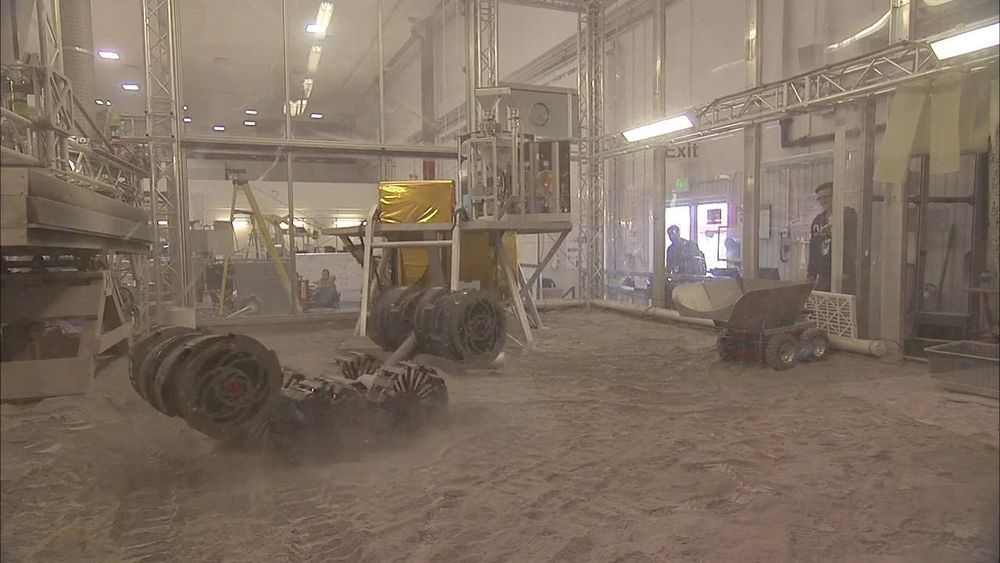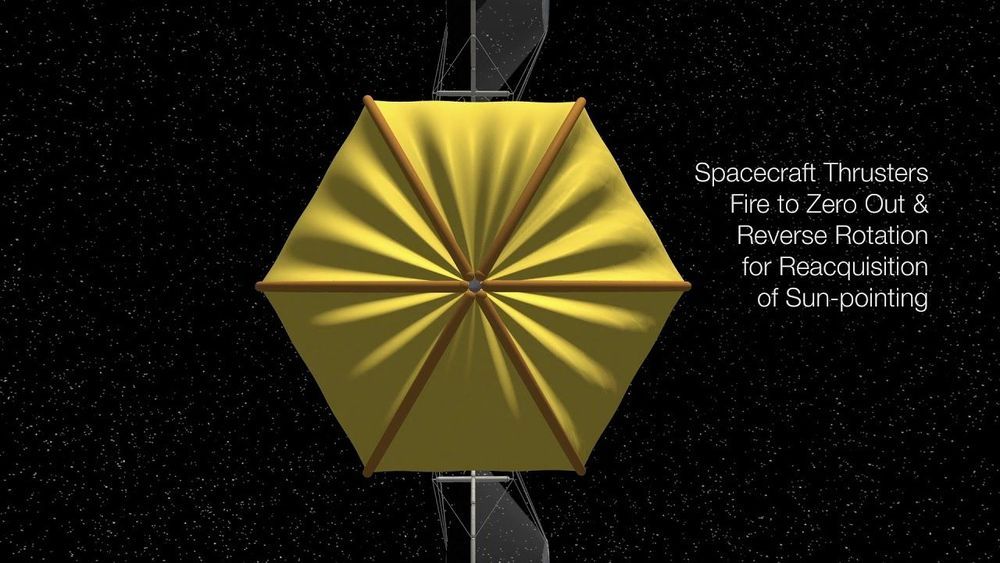Aug 23, 2019
The SpaceX ‘Starhopper’ is ready to make its biggest leap
Posted by Genevieve Klien in categories: Elon Musk, space travel
After delays, the prototype version of Elon Musk’s Mars rocket could soon get the go-ahead to rise up.
After delays, the prototype version of Elon Musk’s Mars rocket could soon get the go-ahead to rise up.
Vulcan rocket on Bezos engines.
The first American spacecraft expected to land on the moon in nearly 50 years will be an unmanned robotic lander.
The aerospace company Astrobotic Technology told Reuters it expects to launch the spacecraft named Peregrine in the summer of 2021 from Florida’s Cape Canaveral. The company said Peregrine will be the first American spacecraft to land on the moon since Apollo astronauts last touched down there in 1972. The mission will bring technology and experiments to the moon to prepare for human flights by 2024.
Continue reading “Plan for First US Mission to the Moon Since Apollo Landing” »

Is a privately-owned startup based out of New Mexico, USA. Their team leans on expertise gained at NASA, the US Department of Energy, Sandia and Los Alamos National Labs, and the US Air Force. Planetoid Mines’ primary focus is developing the core components that enable asteroid mining. Many of their instruments and tools will be compatible with mining applications on the lunar surface and on Earth.
A lot of activity has been brewing with regards to new space exploration initiatives. Launch costs are plummeting due to market competition and the development of reusable rockets. Additionally, there has been a measurable uptick in growth and investment in commercial space ventures. Every major national space agency has ambitions for operations in lunar orbit and on the lunar surface within the next 5 to 20 years.
Vast interstellar events where clouds of charged matter hurtle into each other and spew out high-energy particles have now been reproduced in the lab with high fidelity. The work, by MIT researchers and an international team of colleagues, should help resolve longstanding disputes over exactly what takes place in these gigantic shocks.
Many of the largest-scale events, such as the expanding bubble of matter hurtling outward from a supernova, involve a phenomenon called collisionless shock. In these interactions, the clouds of gas or plasma are so rarefied that most of the particles involved actually miss each other, but they nevertheless interact electromagnetically or in other ways to produces visible shock waves and filaments. These high-energy events have so far been difficult to reproduce under laboratory conditions that mirror those in an astrophysical setting, leading to disagreements among physicists as to the mechanisms at work in these astrophysical phenomena.
Now, the researchers have succeeded in reproducing critical conditions of these collisionless shocks in the laboratory, allowing for detailed study of the processes taking place within these giant cosmic smashups. The new findings are described in the journal Physical Review Letters, in a paper by MIT Plasma Science and Fusion Center Senior Research Scientist Chikang Li, five others at MIT, and 14 others around the world.

Ranging in size from the experimental Mini Bee , a 250kg technology demonstration spacecraft, through the Honey Bee, capable of capturing a 10m asteroid and extracting its resources, to the Queen Bee, capable of capturing a 40m asteroid for resource extraction. All use an asteroid containment system similar to that proposed for the original Asteroid Redirect Mission, optical mining for resource extraction, and a water based Omnivore™ Thruster system for propulsion. A variant called the Worker Bee, can serve as an orbital transfer vehicle, transporting items to high Earth orbits and beyond, potentially even to Mars.
NEW DELHI (AP) — An unmanned spacecraft India launched last month began orbiting the moon Tuesday as it approaches the lunar south pole to study previously discovered water deposits.
The Indian Space Research Organization said it successfully maneuvered Chandrayaan-2, the Sanskrit word for “moon craft,” into lunar orbit, nearly a month after it left Earth. The mission is led by two female scientists.
Chandrayaan will continue circling the moon in a tighter orbit until reaching a distance of about 100 kilometers (62 miles) from the moon’s surface.
A Luxembourg company is working to develop 3D printers which will create human skin on board a spaceship while out in space.
Space company, Blue Horizon, based in Betzdorf, is working with German company OHB SE – of which it is subsidiary –and the Technical University of Dresden to develop the printers.
Essentially you could use the body and a computer even modify and enhance the processes even modify the wetware making things stronger and faster. Essentially like master chief from the halo series.
The U.S. Army is testing a new helmet designed to offer full ballistic protection to a soldier’s entire head. Looking like something out of Starship Troopers, the Integrated Head Protection System (IHPS) protects a soldier’s entire head, including for the first time the face and jaw, from injury. The helmet, developed by 3M subsidiary Ceradyne Systems, is scheduled to head to the troops next year.
Spaceport America, the world’s first purpose-built commercial spaceport standing on the sands of the New Mexico desert, is readying itself to welcome the world’s first space tourists.
And Virgin Galactic will likely be the first to fly these people into outer space. The cost of a seat on a Virgin Galactic spaceflight is $250,000 and 600 people have already paid downpayments for their trips.
Virgin Galactic on Thursday declared Spaceport America “operationally functional” and transferred all its spaceflight operations to this facility. It also revealed the interior of its “Gateway to Space” building at the spaceport.